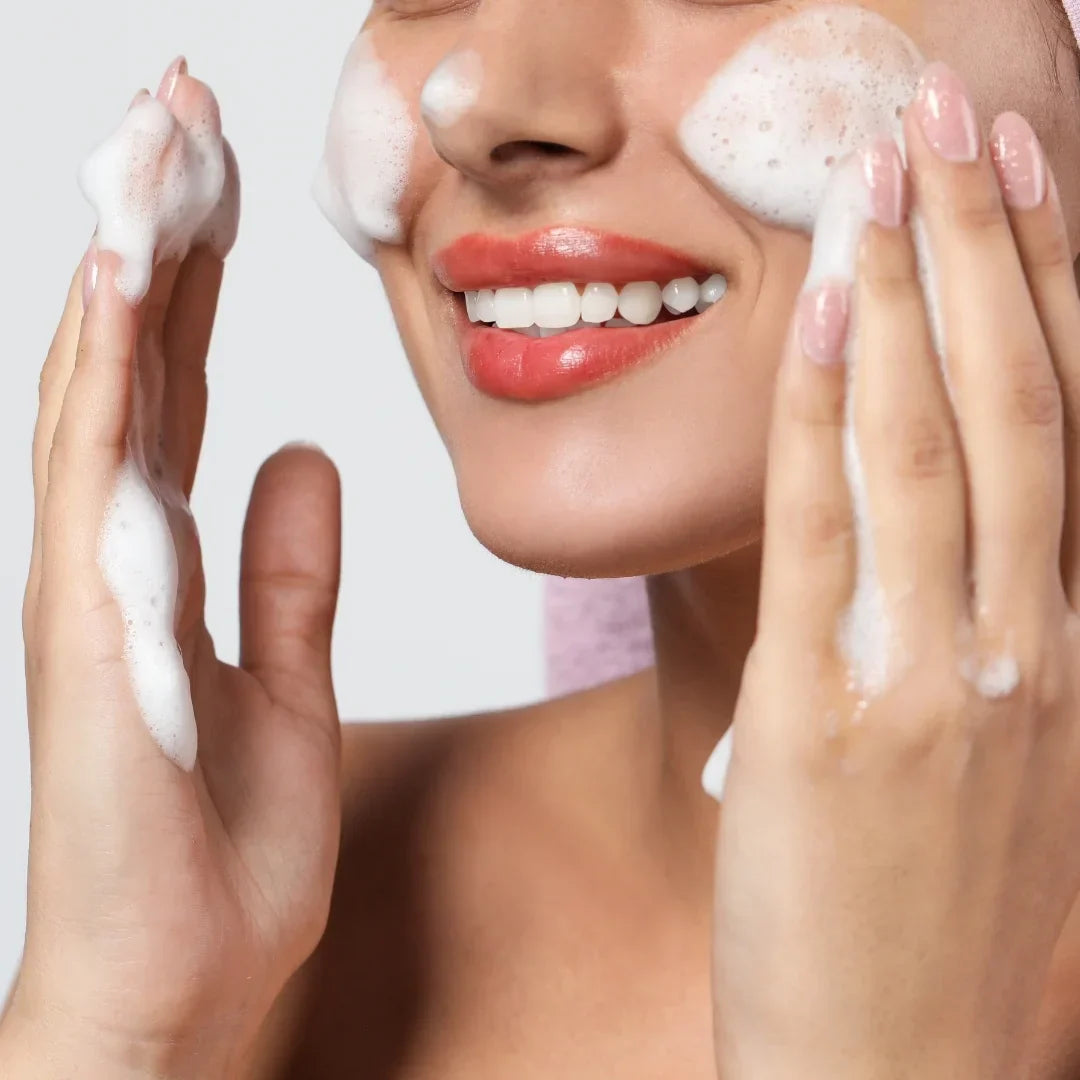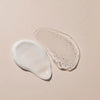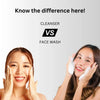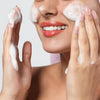The Cleanser Dilemma: Less is More or More is Less?
When it comes to skincare, one of the most debated topics revolves around cleansers. Are we over-cleansing our skin, or should we embrace more frequent washing for a glowing complexion? In this blog, we dive deep into this debate and explore whether less is indeed more when it comes to cleansing, or if more is really what your skin craves.
<h2 style="text-align: left;">Understanding Cleansers: The Basics</h2>
Cleansing is the foundation of any skincare routine. A cleanser’s primary role is to remove dirt, oil, makeup, and other impurities from the surface of your skin. However, not all cleansers are created equal, and finding the right one can be a game-changer. Different types of cleansers exist, each designed for specific skin needs. But does using more or different types of cleansers actually help, or are we doing more harm than good?
<h2 style="text-align: left;">Gel Cleanser vs. Cream Cleanser: Which is Right for You?</h2>
When choosing a cleanser, it often comes down to skin type and preference. Two common types are gel cleansers and cream cleansers.
<h3 style="text-align: left;">Gel Cleanser– The Go-To for Oily Skin</h3>
Gel cleansers are lightweight and often formulated for oily and acne-prone skin. They offer a deep cleanse by dissolving oil and dirt, which can help keep breakouts at bay. These cleansers typically leave the skin feeling fresh and clean but can sometimes be too drying if used excessively. Pros:- Great for deep cleansing- Effective at removing excess oil- Refreshing for hot, humid climatesCons:- Can dry out or irritate sensitive skin- Overuse might strip away natural oils, leading to dehydration
<h3 style="text-align: left;">Cream Cleanser– The Best for Dry and Sensitive Skin</h3>
On the other hand, cream cleansers are thicker in consistency and are packed with hydrating ingredients. They’re designed to cleanse while nourishing the skin, making them ideal for people with dry, sensitive, or mature skin types. Pros:- Provides a gentle cleanse without stripping the skin- Adds moisture while cleansing- Suitable for sensitive skin types Cons:- May not effectively remove excess oil- Can feel too heavy for oily skin
<h2 style="text-align: left;">How Often Should You Cleanse? Finding Balance</h2>
One of the key questions in skincare is how often you should cleanse your face. The frequency of using a cleanser plays a big role in maintaining a balanced skin barrier.
<h3 style="text-align: left;">Less is More: The Argument for Minimal Cleansing</h3>
The "less is more" philosophy suggests that over-cleansing can strip the skin of its natural oils, disrupting its protective barrier. When this happens, the skin can become irritated, dry, and more prone to breakouts. Those with dry or sensitive skin often find that cleansing only once a day or even skipping morning cleansing helps retain essential moisture.
<h3 style="text-align: left;">More is Less: The Case for Frequent Cleansing</h3>
Alternatively, many believe that cleansing more often, especially with a facewash or gel cleanser, can benefit people with oily or acne-prone skin. The goal is to keep the pores clear of excess oil and dirt, preventing the buildup of bacteria. Morning and night cleansing can ensure your skin is always fresh and ready for the next step in your routine.
<h2 style="text-align: left;">Common Cleansing Mistakes to Avoid</h2>
Whether you follow a minimalist or a more frequent cleansing routine, certain mistakes can affect your skin’s health. Here are a few common pitfalls:
<h3>Over-Cleansing with Harsh Products</h3>
Overusing a cleanser that’s too harsh for your skin type can strip your skin of its natural oils. If your skin feels tight and dry after washing, your cleanser may be too strong.
<h3 style="text-align: left;">Skipping Moisturizer After Cleansing</h3>
No matter which type of cleanser you use– gel or cream– it’s important to replenish your skin’s moisture with a good moisturizer afterward. Cleansing alone isn’t enough to maintain a healthy skin barrier.
<h3 style="text-align: left;">Using the Wrong Cleanser for Your Skin Type</h3>
As we've discussed, choosing between a gel cleanser or a cream cleanser is essential based on your skin type. Using a product not suited to your skin can lead to irritation or imbalances.
<h3 style="text-align: left;">Final Verdict: Less or More?</h3>
So, which is better — cleansing less or cleansing more? The answer lies in understanding your own skin’s needs. If you have oily or acne-prone skin, more frequent use of a gel cleanser or facewash may help control oil and prevent breakouts. However, be mindful of how your skin reacts and adjust your routine accordingly. On the flip side, those with dry or sensitive skin might benefit from cleansing less often and opting for a cream cleanser. Maintaining a balance between cleansing and preserving your skin’s natural oils is the key to healthy, glowing skin.
<h2 style="text-align: left;">Conclusion</h2>
In the end, there’s no one-size-fits-all approach to cleansing. Whether you choose to follow the "less is more" or "more is less" philosophy depends entirely on your skin type and how your skin responds to different products. The key is to listen to your skin and find a cleansing routine that maintains balance without causing irritation or stripping the skin. Finding the perfect cleanser is a journey, but once you’ve cracked the code, your skin will thank you!
<h2 style="text-align: center;">FAQs</h2>
1. How often should I cleanse my face?
The frequency of cleansing depends on your skin type. If you have oily or acne-prone skin, cleansing twice a day (morning and night) with a gel cleanser or facewash can help control oil and prevent breakouts. For dry or sensitive skin, once-a-day cleansing with a cream cleanser may be more beneficial to avoid over-drying.
2. What’s the difference between a gel cleanser and a cream cleanser?
Gel cleansers are lightweight, ideal for oily or acne-prone skin, and provide a deep cleanse by removing excess oil. Cream cleansers are thicker and more hydrating, making them suitable for dry or sensitive skin types as they cleanse while moisturizing.
3. Can over-cleansing damage my skin?
Yes, over-cleansing can strip the skin of its natural oils, leading to dryness, irritation, and breakouts. This is especially true if you use a harsh cleanser too frequently, so it’s important to balance your routine based on your skin's needs.
4. Should I use a different cleanser in the morning and at night?
It depends on your skin type. Some people prefer using a mild facewash or water cleanse in the morning and a stronger gel cleanser or cream cleanser at night to remove makeup and impurities. Others with dry skin may skip morning cleansing altogether and focus on a thorough night cleanse.
5. What are the signs of over-cleansing?
Signs of over-cleansing include tightness, dryness, flakiness, increased sensitivity, and frequent breakouts. If your skin feels uncomfortable after using a cleanser, you may be overdoing it.
6. Can I use the same cleanser year-round?
Your skin’s needs may change with the seasons. In colder months, you might switch to a cream cleanser for added hydration, while in hot, humid weather, a gel cleanser or facewash may help control excess oil.
7. Is it okay to use a cleanser if I have sensitive skin?
Yes, but it's important to choose a cleanser formulated for sensitive skin, such as a cream cleanser. Avoid cleansers with harsh chemicals or fragrances that can cause irritation.
8. Do I need a separate facewash, or is a cleanser enough?
Both facewash and cleanser serve similar purposes. However, cleansers tend to be gentler and more nourishing, while facewashes are often foam-based and designed for deeper cleaning. You can choose based on your skin type and preference.
9. How can I tell if I’m using the wrong cleanser?
If your skin feels dry, irritated, or greasy after using a cleanser, it may not be the right one for your skin type. For example, if a gel cleanser leaves your skin feeling tight, consider switching to a cream cleanser for added hydration.








